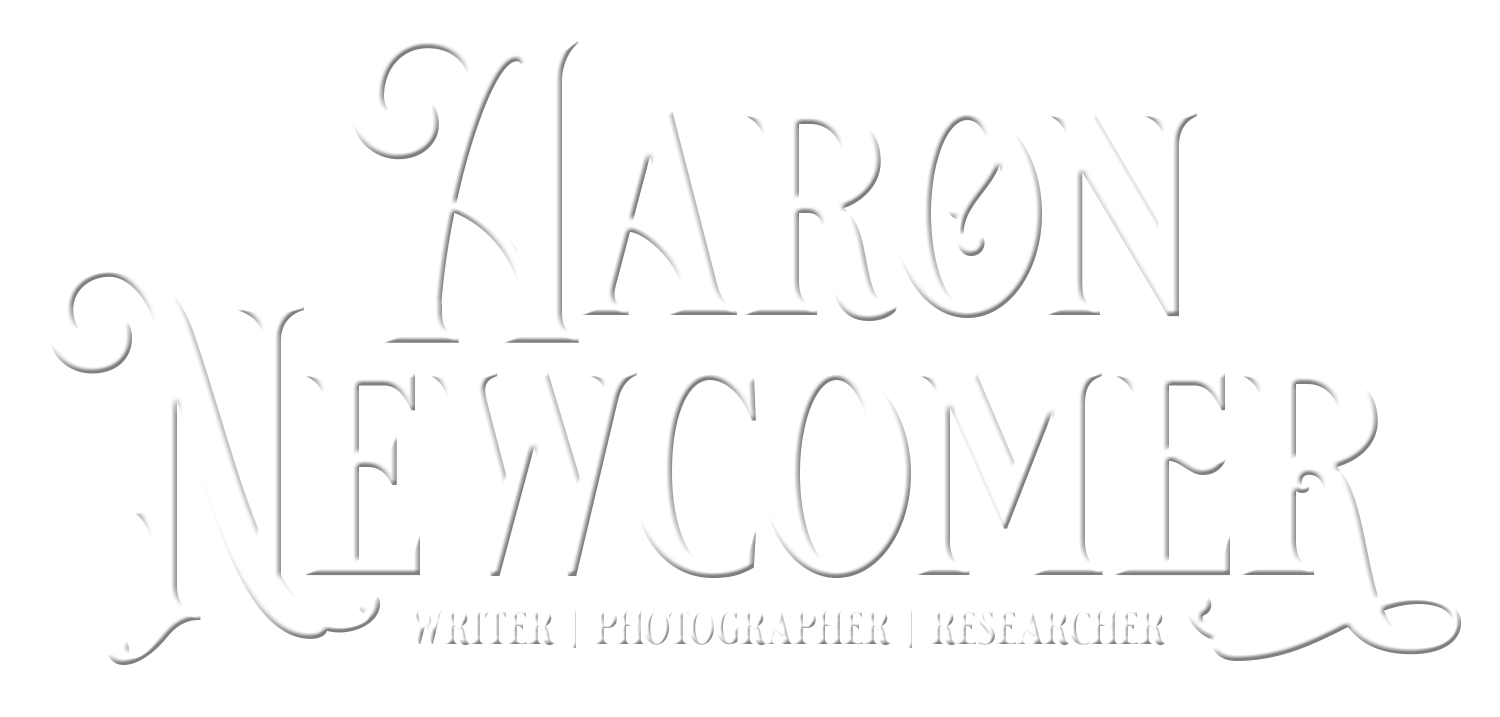
Manufacture française d’armes et cycles de Saint-Etienne 1905 Catalog
A lark mirror, known in French as le miroir à alouettes, was a tool to help hunters entice small songbirds to their location so they could be harvested.
In 1680, an early French dictionary referred to these mirrors for catching larks and ortolans. It defined them as:
A piece of wood carved into an arch where there are several notches which small mirrors are glued & which is supported by a peg in the middle of which there is a hole to put a string in order to make this mirror turn, that is driven into the ground between two sheets to catch ortolans & mainly larks.

Ortolan Bunting
These small songbirds were considered to be a delicacy and were cooked and eaten whole, in one large bite; head, bones and all. Ortolans were the most coveted and eating them has been represented in paintings and media over the centuries as a gluttonous, almost shameful act. Modern, French preparation of this delicacy would make the use of ortolans that were captured alive and blinded or kept in dark cages where they were force fed until they were twice their normal size. They were then drowned and roasted in Armagnac, a type of Brandy from the Armagnac region in southwest France.
Subscribe to Blog via Email
About me
 Hello, my name is Aaron Newcomer. I am a collector and researcher of early 19th century breech-loading firearms systems, with a particular focus on the work of Jean Samuel Pauly and Casimir Lefaucheux. I collect cartridges and documents related to these types of firearms and conduct research on these topics, furthering my understanding and knowledge of these historical firearms and their place in the evolution of firearms technology. My collection and research reflect my dedication to preserving and understanding the history and technical innovations of these early firearms systems.
Hello, my name is Aaron Newcomer. I am a collector and researcher of early 19th century breech-loading firearms systems, with a particular focus on the work of Jean Samuel Pauly and Casimir Lefaucheux. I collect cartridges and documents related to these types of firearms and conduct research on these topics, furthering my understanding and knowledge of these historical firearms and their place in the evolution of firearms technology. My collection and research reflect my dedication to preserving and understanding the history and technical innovations of these early firearms systems.
Read more about me and where my work has been published.
Site Sections
Featured Articles
Search
Recent Posts
- The Innovative Firearms of Joseph Alexandre Robert: Revolutionizing 19th Century Weaponry
- The Davoust Shot Concentrator: A French Answer to Unruly Patterns (1855–1859)
- Wohlgemuth’s Break-Action Musket Conversion and Rifled Barrel Insert System
- From Collector to Founder: How My Passion for Historical Documents Led to an AI Startup
- The Birth of British Pinfire: Eley’s Entry into Breechloading Cartridges








